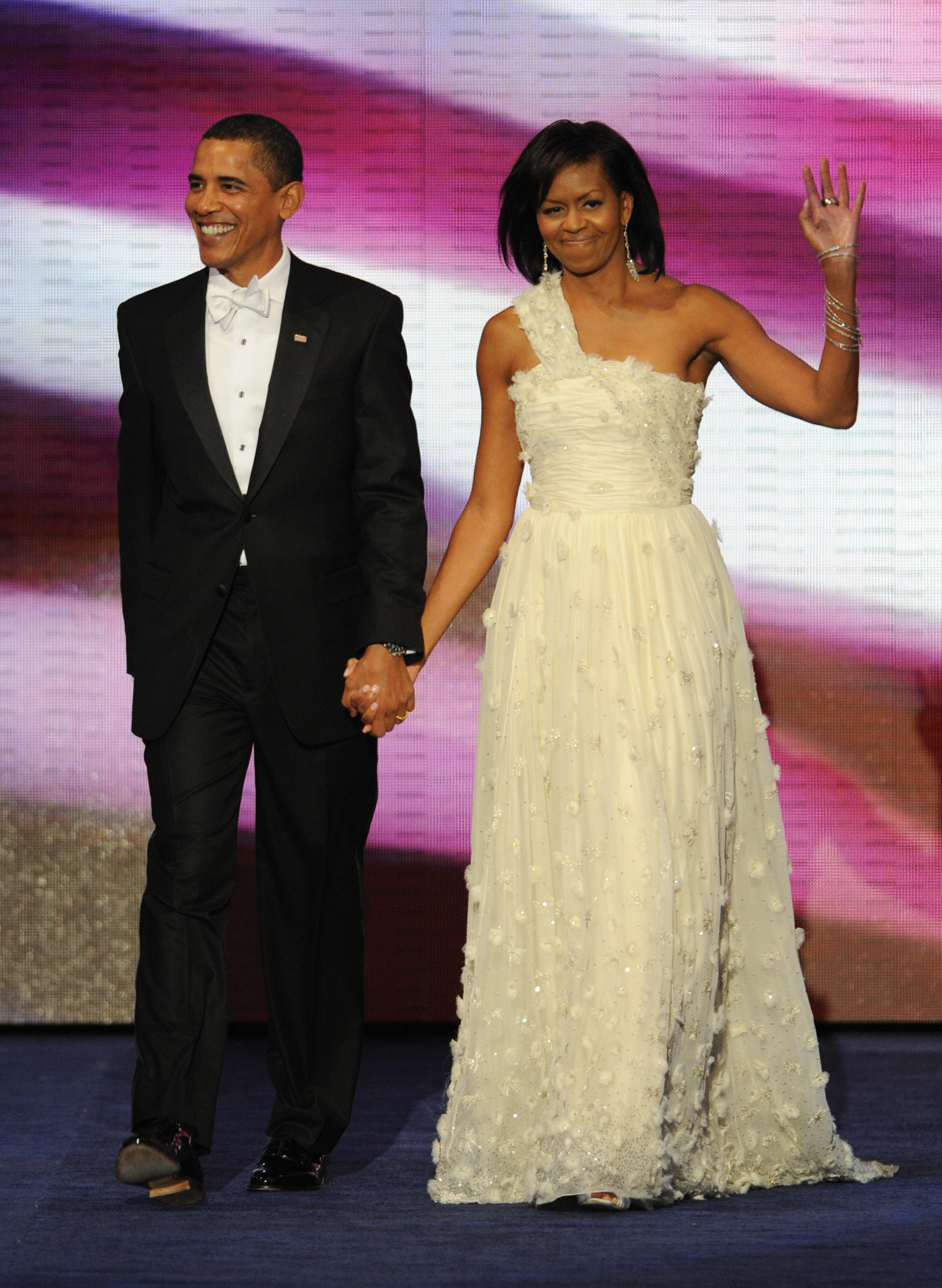The post–Labor Day moratorium on white clothing and accessories has long ranked among etiquette hard-liners’ most sacred rules. As punishment for breaking it in the 1994 movie Serial Mom, for instance, Patty Hearst‘s character was murdered by a punctilious psychopath. But ask your average etiquette expert how that rule came to be, and chances are that even she couldn’t explain it. So why aren’t we supposed to wear white after Labor Day?
One common explanation is practical. For centuries, wearing white in the summer was simply a way to stay cool — like changing your dinner menu or putting slipcovers on the furniture. “Not only was there no air-conditioning, but people did not go around in T shirts and halter tops. They wore what we would now consider fairly formal clothes,” says Judith Martin, better known as etiquette columnist Miss Manners. “And white is of a lighter weight.”
But beating the heat became fashionable in the early to mid-20th century, says Charlie Scheips, author of American Fashion. “All the magazines and tastemakers were centered in big cities, usually in northern climates that had seasons,” he notes. In the hot summer months, white clothing kept New York fashion editors cool. But facing, say, heavy fall rain, they might not have been inclined to risk sullying white ensembles with mud — and that sensibility was reflected in the glossy pages of Harper’s Bazaar and Vogue, which set the tone for the country.
This is all sound logic, to be sure — but that’s exactly why it may be wrong. “Very rarely is there actually a functional reason for a fashion rule,” notes Valerie Steele, director of the Museum at the Fashion Institute of Technology. True enough: it’s hard to think of a workaday downside to pairing your black shoes with a brown belt.
Instead, other historians speculate, the origin of the no-white-after–Labor Day rule may be symbolic. In the early 20th century, white was the uniform of choice for Americans well-to-do enough to decamp from their city digs to warmer climes for months at a time: light summer clothing provided a pleasing contrast to drabber urban life. “If you look at any photograph of any city in America in the 1930s, you’ll see people in dark clothes,” says Scheips, many scurrying to their jobs. By contrast, he adds, the white linen suits and Panama hats at snooty resorts were “a look of leisure.”
Labor Day, celebrated in the U.S. on the first Monday of September, marked the traditional end of summer; the well-heeled vacationers would stow their summer duds and dust off their heavier, darker-colored fall clothing. “There used to be a much clearer sense of re-entry,” says Steele. “You’re back in the city, back at school, back doing whatever you’re doing in the fall — and so you have a new wardrobe.”
By the 1950s, as the middle class expanded, the custom had calcified into a hard-and-fast rule. Along with a slew of commands about salad plates and fish forks, the no-whites dictum provided old-money élites with a bulwark against the upwardly mobile. But such mores were propagated by aspirants too: those savvy enough to learn all the rules increased their odds of earning a ticket into polite society. “It [was] insiders trying to keep other people out,” says Steele, “and outsiders trying to climb in by proving they know the rules.”
Some etiquette buffs don’t buy this explanation, however. “There are always people who want to attribute everything in etiquette to snobbery,” protests Martin. “There were many little rules that people did dream up in order to annoy those from whom they wished to disassociate themselves. But I do not believe this is one of them.”
Whatever its origin, the Labor Day rule has perennially met with resistance from high-fashion quarters. As far back as the 1920s, Coco Chanel made white a year-round staple. “It was a permanent part of her wardrobe,” says Bronwyn Cosgrave, author of The Complete History of Costume & Fashion: From Ancient Egypt to the Present Day. The trend is embraced with equal vigor by today’s fashion élites, Cosgrave notes — from Marion Cotillard accepting her 2008 Academy Award in a mermaid-inspired cream dress to Michelle Obama dancing the inaugural balls away in a snowy floor-length gown. Fashion rules are meant to be broken by those who can pull it off, notes Cosgrave, and white “looks really fresh when people aren’t expecting it.”

Much to the chagrin of sartorial purists, that skepticism of the Labor Day law has seeped into mainstream America. From 1960s counterculture to the present day — when would-be fashionistas get as many ideas from blogs and friends as from magazines and Fashion Week — more people than ever are breaking the rule. Even the 2004 manners bible, Emily Post’s Etiquette, 17th Edition, gives the go-ahead for wearing white after Labor Day. Which may explain why some who abide by the custom themselves are now willing to compromise. Scheips, for one, “would never be caught dead wearing a white suit after Labor Day.” But neither does he completely write off those who do. “I’m sure the Queen of England at Christmastime puts on white ermine once in a while. So if it’s good enough for her, it’s good enough for everybody else, right?” he says. “You don’t have to be a fascist about it.”
More Must-Reads from TIME
- Donald Trump Is TIME's 2024 Person of the Year
- Why We Chose Trump as Person of the Year
- Is Intermittent Fasting Good or Bad for You?
- The 100 Must-Read Books of 2024
- The 20 Best Christmas TV Episodes
- Column: If Optimism Feels Ridiculous Now, Try Hope
- The Future of Climate Action Is Trade Policy
- Merle Bombardieri Is Helping People Make the Baby Decision
Contact us at letters@time.com